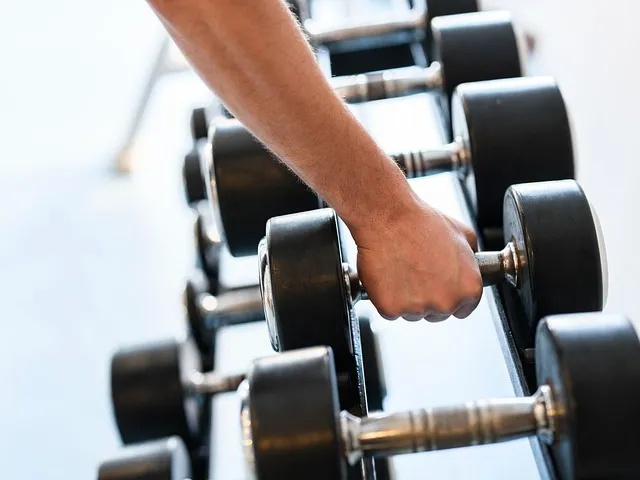Exercises for knee pain can be due to an injury, surgery, or arthritis. Stretching or strengthening exercises can help ease knee pain. Stretching can also help with flexibility and a range of motions. Exercising is essential in case of knee pain. Sometimes it may seem counterintuitive, but it helps your knee rather than keeping it still.
Stillness in the knee can cause stiffness and can worsen the pain. Not taking care of your knees can make your daily-life activities difficult. knee strengthening exercises help you to return to your normal life after relieving knee discomfort symptoms. This blog includes the 10 best Exercises for knee pain and to Strengthen Your Knees.

10 Exercises to reduce knee pain -

1. Straight Leg Raises -
Knees require a perfect start with a simple strengthening exercise for your quadriceps, the muscles in the front of the thigh. Then leg raises are the best Exercises for knee pain. This move puts a little strain on the knee. Lie with your back on the floor or a flat surface like a yoga mat. Bend one knee and put your other foot flat on the floor. You are keeping the other leg straight. Raise the other the height of the opposite knee. Repeat 10-15 times.2. Hamstring Curls -
Hamstrings are the muscles at the back of your thigh that support the knees. Lie flat on your stomach or a mat. Slowly bring your heels as close to your buttocks as possible, and try to hold that position. Do three sets of 15 each. Do this exercise while standing or holding onto a chair and lifting one leg at a time.3. Prone Straight Leg Raises -
Lie on your stomach and pull your legs straight. Tighten the muscles in your bottom, and lift toward the ceiling. Hold for 3-5 seconds. Do 10-15 leg raises and switch sides. You shouldn't feel back pain. If it still hurts, stop and seek your doctor.4. Wall Squats -
Wall Squats are more advanced moves. You should align your feet on the floor. Stand against a wall, and keep your feet about shoulder-width apart. Now slowly bend your knees but keep your back against the wall. Hold for 5-10 seconds. Don't bend.5. Leg Presses -
Sit on a leg-press machine. Keep your back and head against the support. Adjust the back seat. Slowly push the plate away from your legs. Bend your knees. Return to your starting position. Do at least 10-15 reps. Also, Read 7 Calcium Deficiency Symptoms & Signs(Hypocalcemia).6. Calf raises -
Stand closer to the back of a sturdy chair. You can also do this exercise effectively on the stairs, holding on to the railing with your heels hanging off the floor. Slowly raise your heels. Do three sets of 10-15 repetitions.7. Side Leg Raises -
Lie on either side of the mat with your legs stacked on a carpet or a flat surface. Bend the bottom leg for support, or you can also keep it straight. Straighten the top portion and raise it to 45-50 degrees. Hold for 5-10 seconds, lower and relax, then repeat 10-15 times. Switch the side and repeat on the other side 10-15 times.8. Step-Ups -
Place one foot on a step bench, another foot on the platform, or the lowest step on a staircase. Keep your pelvis parallel to the floor, bend your knee and lower the opposite foot to the floor. Lightly touch your toe on the floor, then raise it back up. Repeat 10-15 times, then repeat on the other leg.9. Squat -
The squat is a knee-strengthening exercise that targets the body's quadriceps, hamstrings, and buttocks. Stand with feet shoulder-width apart, parallel to the ground. Slowly bend the knees to sit back in a chair. Always keep your back straight. Keep the abdominals engaged and the knees perpendicular to the foot.10. Knee-Friendly Cardio -
Knee-friendly cardio is good exercise for knee pain. So try to skip high-impact activities such as running or aerobics. Instead, see what feels right for you. For example, some people like jogging, but others don't. Swimming, jogging in water, or aerobics are often great options for knee-friendly cardio. Also, Read Top 8 Calcium-Rich Indian Foods.Is it safe to exercise with knee pain?
Knee-strengthening exercises accompanied by gentle stretching can help strengthen the muscles that support the knee joints. Strong muscles help in reducing the impact and stress on the knees. It can help the knee joint move freely. Consult your physiotherapist before starting any new exercise program for knee pain. Knee pains are the most common orthopedic condition. It includes pain around the knee, behind, and around the knee cap. In addition, it provides pain caused while climbing stairs, running, walking, and carrying heavy loads. Also, Read Reiter's Syndrome aka Reactive Arthritis.FAQs -
How can I prevent my knee pain when exercising? One can protect their knees while exercising with the following measure.- Warmup your body before any exercise session
- Apply heat to your knee.
- Be consistent with strength training and physical therapy sessions
- Wear right shoes
- Don't ignore the pain in the knees
Final Note -
Knee pain is a common ailment affecting over 18 million adults yearly. Stretches and strengthening exercises support the muscles to help ease pain, improve range of motion and flexibility, and reduce the risk of injuries. With joint pain, it is better to talk to your physical therapist before starting a new exercise program. A physiotherapist can also help you select the Exercises for knee pain that are safest for you. They can also recommend medications based on your knee pain.
Reviewed by







